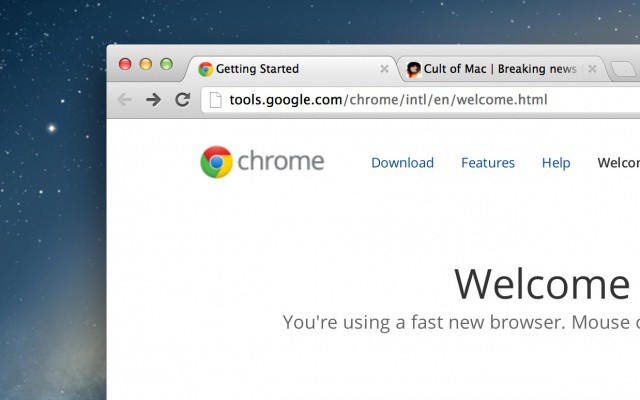Google Chrome Blog: A New Beta Of Google Chrome For Mac
- Google Chrome Blog A New Beta Of Google Chrome For Mac
- Google Chrome Blog A New Beta Of Google Chrome For Macbook
In a similar manner, Google’s Jason Kersey reveals that, “The Dev channel has been updated to 6.0.422.0 for Mac, Linux, and Windows,” via a post on the Google Chrome Releases blog.

Earlier this month, Google celebrated by introducing a Google Material Theme for the browser, making the, and introducing a slew of other useful features. Chrome 70 is in beta with various new APIs that developers can take advantage of.
To, Chrome 70 will no longer include the Android and iOS build number in the user-agent identification string visible to websites. Chrome for iOS follows Safari and freezes the build number at “15E148,” while it will be completely removed on Android. This change prevents exploit targeting, fingerprinting, and other abuses.
Google Chrome Blog A New Beta Of Google Chrome For Mac
Sample user-agent string before the change: “Mozilla/5.0 (Linux; Android 8.1.0; Pixel Build/OPM4.171019.021.D1) AppleWebKit/537.36 (KHTML, like Gecko) Chrome/61.0.3163.98 Mobile Safari/537.36” The same string with build number removed: “Mozilla/5.0 (Linux; Android 8.1.0; Pixel) AppleWebKit/537.36 (KHTML, like Gecko) Chrome/61.0.3163.98 Mobile Safari/537.36” With the last version removing “Secure” from the address bar, Chrome 70 by flashing a “Not secure” warning and red icon when users enter passwords or other personal data on any HTTP page. Similarly, Chrome will exit full screen mode when dialog boxes — including file pickers and authentication/payment prompts — appear. This change is to ensure that users have proper context before taking a decision on dialogs and alerts. The AV1 Video Decoder is a next generation codec to improve compression efficiency by 30% compared to VP9.
Chrome 70 adds just an AV1 decoder to Chrome OS, macOS, Windows, and Linux, with encoding capabilities not yet included. Chrome 70 for Android and macOS now allows websites to access a device’s fingerprint or Touch ID sensor. This hardware is now enabled by default as part of the Web Authentication API. On websites that implement the API, Touch ID can be used for 2-factor authentication. With Web Bluetooth, sites can securely communicate with nearby Bluetooth devices. In Chrome 70, it is enabled on Windows 10, with Android, Chrome OS, and macOS already featuring this capability since. Linux and older versions of Windows can access it with the following flag: chrome://flags/#enable-experimental-web-platform-features Chrome 70 allows developers to experiment with a Shape Detection API that can be used to identify faces, barcodes, and text in images through the web. A returns the location of faces, eyes, noses, and mouths, while the can decode QR codes into strings.
Google Chrome Blog A New Beta Of Google Chrome For Macbook
A can also be used to look for Latin text in images.